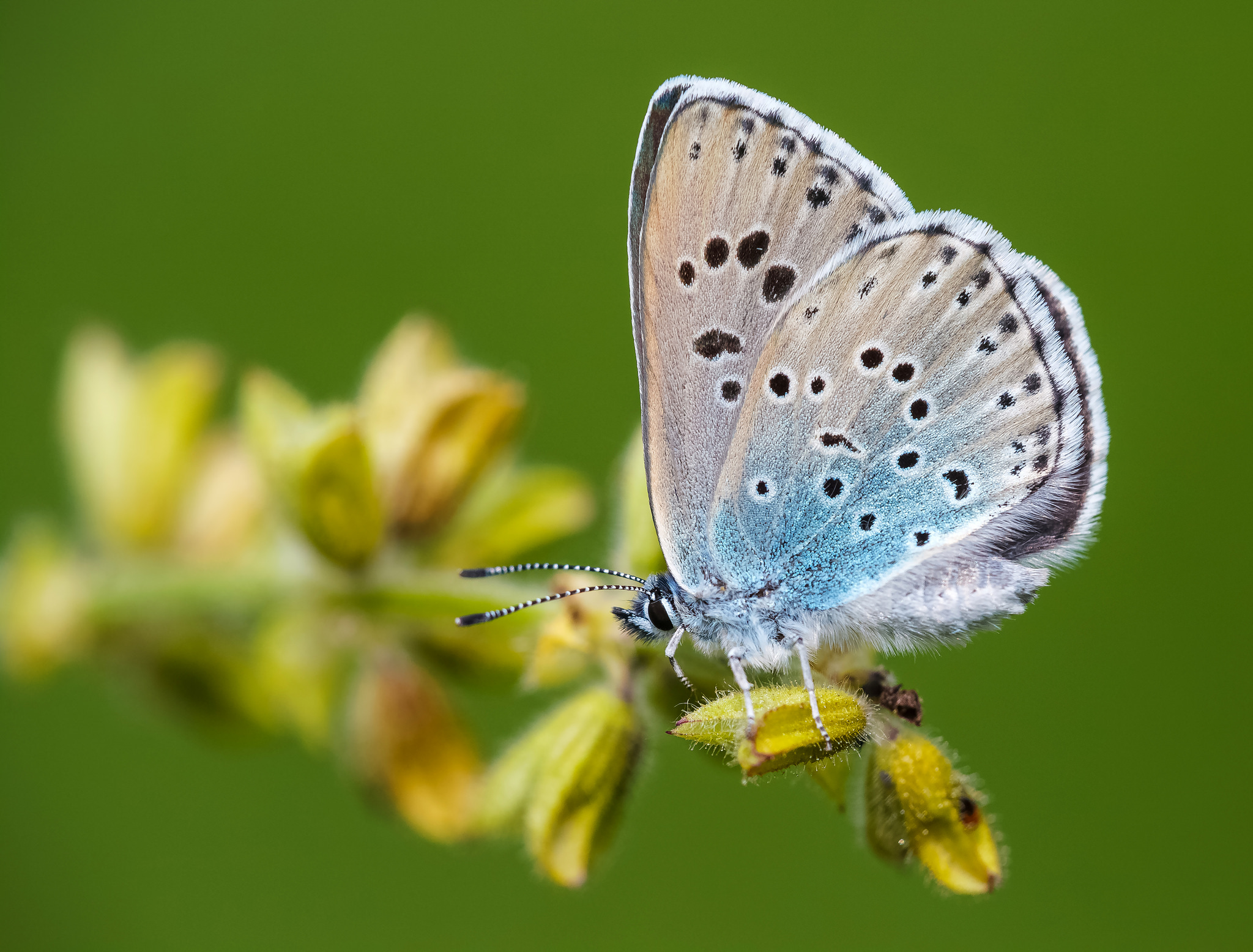Butterfly Conservation's Rachel Jones reveals how a project to protect the UK's rarest butterfly has made a huge impact.
In September 2014, Biffa Award as part of the Landfill Communities Fund, kindly awarded a grant to Butterfly Conservation to help us and our partners protect the globally threatened Large Blue and its habitat in Somerset.
Some18 months and 800 volunteer hours later the project - Securing the Large Blue Landscape in the Polden Hills has now come to an end but the impacts and improvements made to sites through the project area will have a long-term impact for the future of the Large Blue.
Throughout the project Butterfly Conservation, project partners, volunteers and contractors have been busy improving limestone grassland to help increase populations of the Large Blue, encouraging the butterfly to expand to restored habitat on formerly occupied sites.
As a partnership we have managed 5.9ha of scrub by clearing dense encroaching bramble, nibbling back at Gorse and cutting mature Blackthorn and Hawthorn. More than 900m of fencing was installed to support better future conservation grazing and 34 days of follow-up work was undertaken to control re-growth of weeds and bramble.
Breeding habitat for the Large Blue has been improved by seeding Wild Marjoram on eight project sites; this is an alternative foodplant for Large Blues which is less susceptible to drought in the face of climate change. Data from assessments of grass height, foodplant location and host ant density helped guide site management and better understand changes in populations of the Large Blue.
Volunteer efforts were crucial in helping us restore habitats, monitor habitat condition, count butterflies and help with public engagement. With the support of the project partners and their volunteers we held 18 volunteer work parties and eight training events.
The work in the Polden Hills has not just focussed on Large Blues; this landscape is home to many other important species. In January 2016 a Wild Liquorice seeding event was held to benefit the rare micro-moth Liquorice Piercer Grapholita pallifrontana. We also had a successful Brown Hairstreak egg count training event to encourage recording on Large Blue sites and in the wider landscape.
Improvements to habitats over winter 2015/16 combined with favourable weather conditions meant that 2015 was a great year for Large Blues. In 2015 it was recorded on seven project sites, compared to two in 2014, estimated numbers of eggs in the wider landscape had also increased by 296% since 2014.
Rachel Jones, Conservation Officer @RachJBC


